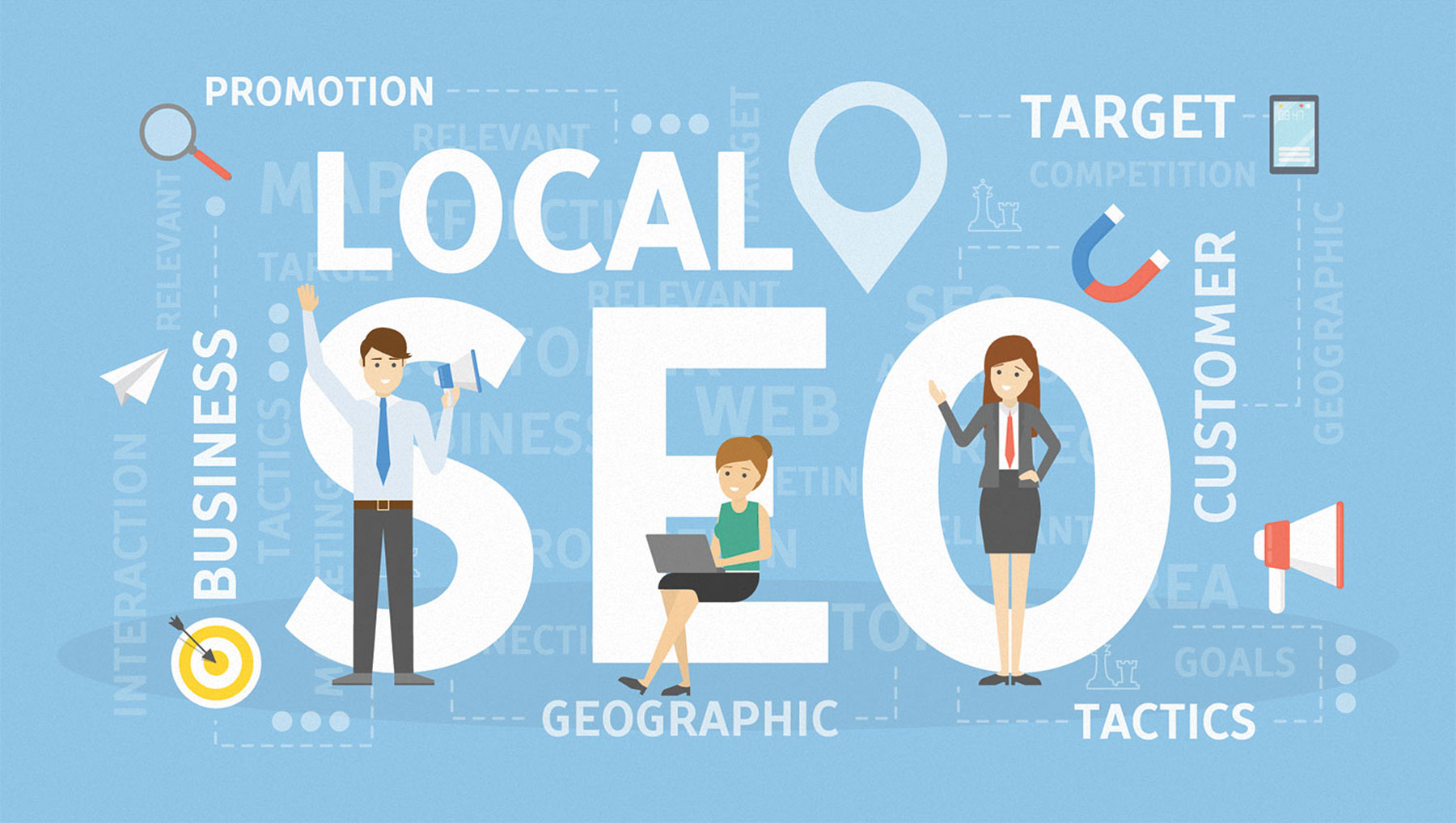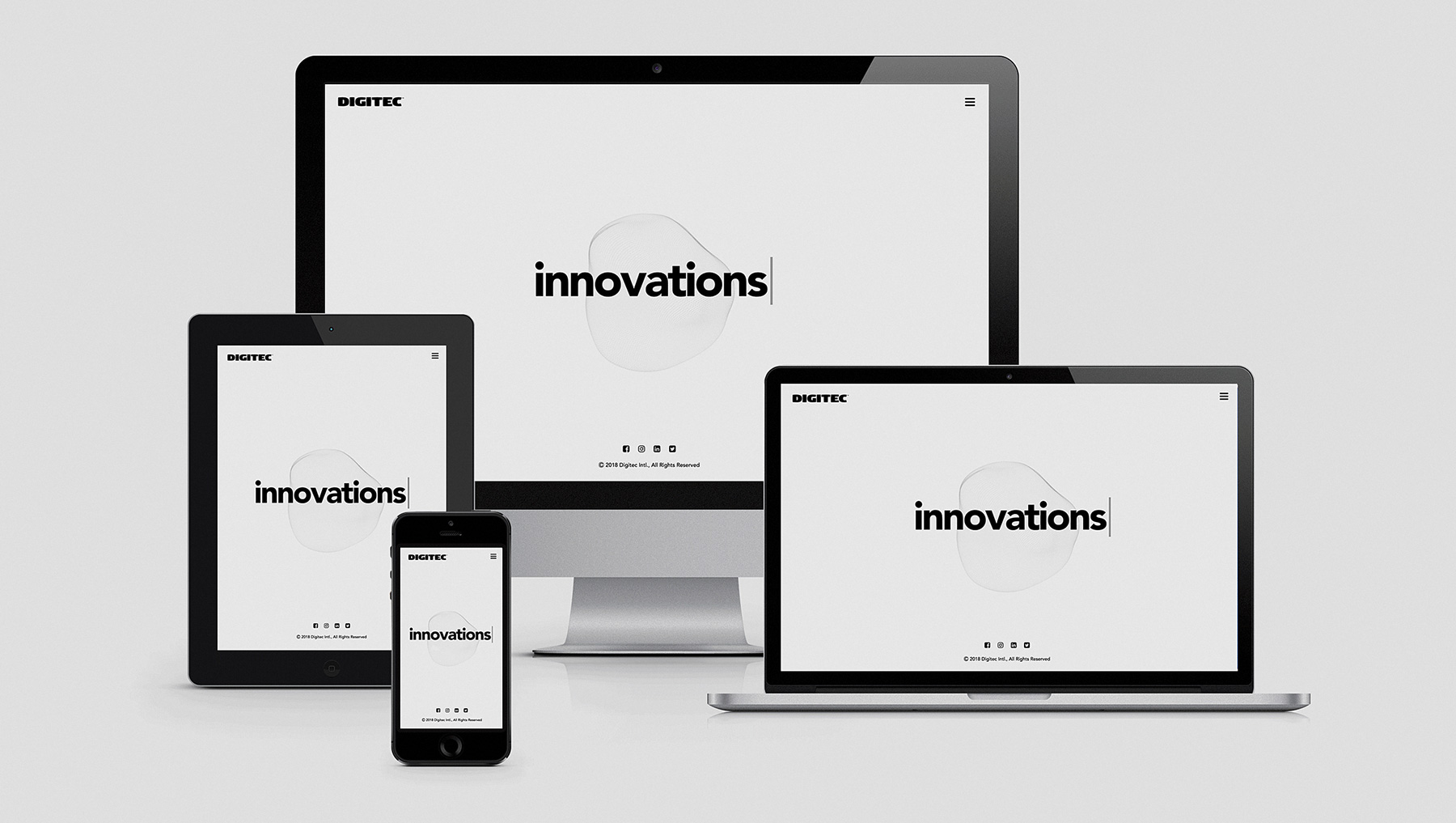
Graphic Design: How to Design a Strong Brand Identity
There is no question as to whether logos and other graphics are important to the brand’s identity. In many cases, they defined a brand. But for us – the people, who only experience the results – the entire process seems like a mystery.

What you think of when I say Nike? I bet you think of the Smoosh – the famous Nike logo – before anything else. Even more so, I bet you think of it even when you see a regular check mark. That’s what building a strong brand identity can do.
There is no question as to whether logos and other graphics are important to the brand’s identity. In many cases, they defined a brand. For us — the people who only experience the results — the entire process is a mystery. The truth is there is no magic to it — building a brand identity is a methodological process. Essentially, it is about learning more about the company and associating that information with visuals that will speak to the brand’s potential customers.
In other words, a brand’s identity is a means of communication. It is impossible to address every customer and convince them that they need to come to you for a new pair of shoes. Where the words fail, your logo and graphics do not. With your brand identity, you speak to everyone.

To help you get a better idea of what the process looks like, the team at Digitec decided to share their experience. It is the process our team usually follow when building a brand identity from scratch. Of course, graphic design is not science, it is art. So, there are no rules that can’t be broken, but having structure helps to ensure quality. Follow us through if you want to learn more:
Step 1: Understanding the company

Before designers start doing anything, they should understand what the company is about. At this stage, the designer asks a lot of questions —- you might not have a clear answer to all of them. But you will need to if you want a strong brand identity. Here are some things the designers want to know:
- – The brand’s mission
- – The values of your brand
- – The personality of your brand
- – The selling point of the brand
- – The voice of your brand
What do those have to do with graphic design you might ask. My answer is everything. A good design is not the one that looks beautiful. Pretty isn’t everything, right? A good design is the one that says something about your brand.
Once the client and the designer have formulated the things mentioned above, it is time to start creating. Here are some of the principles designers follow when creating a new identity:
- – make it memorable
- – make it distinct
- – keep it flexible and scalable
- – keep it authentic and cohesive
Step 2: Researching
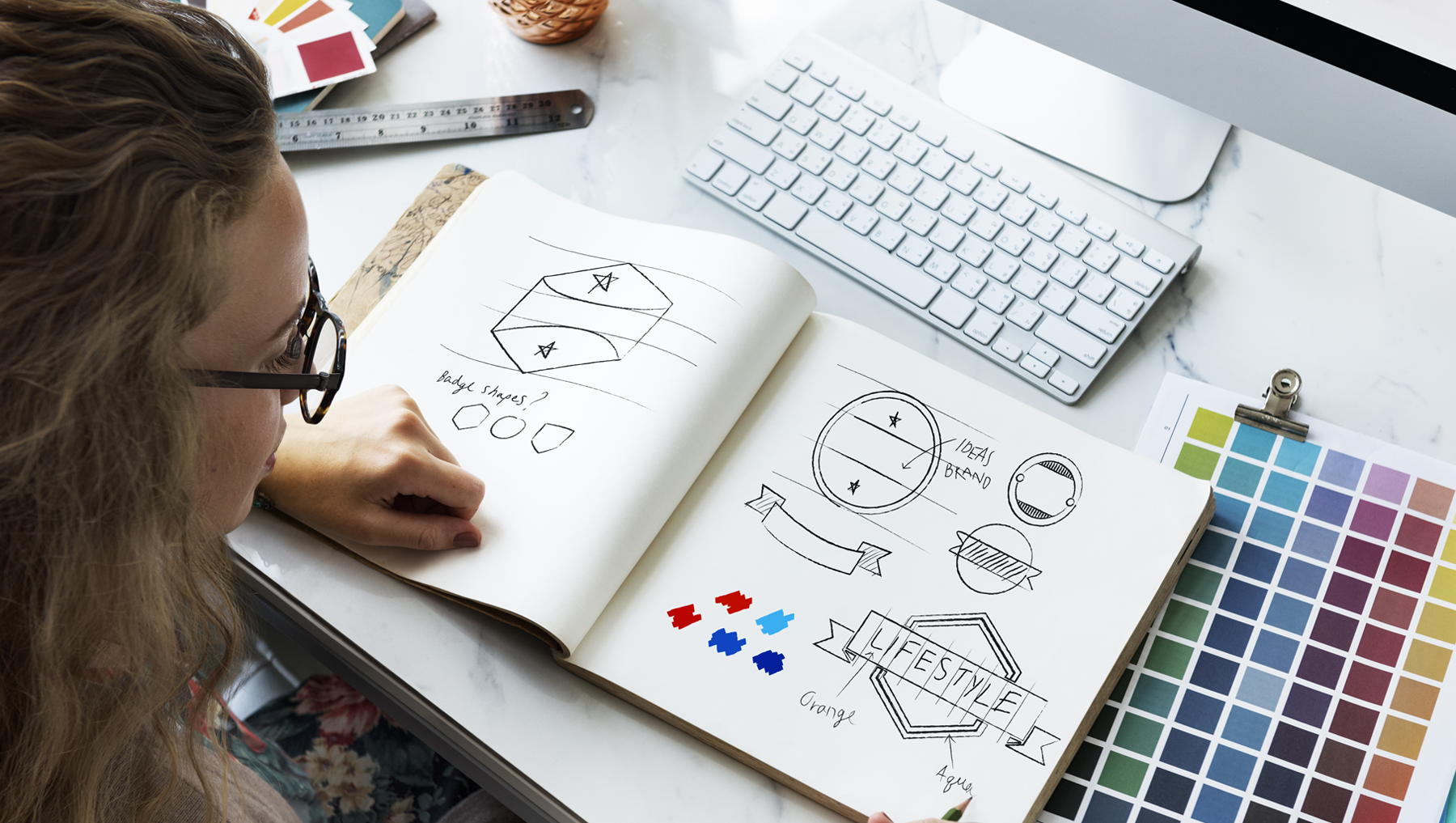
This is a tedious and time-consuming step. It is when the designer and the client should formulate a design brief. It explains why the company wants to change the identity, and what it wants to accomplish by doing so. Graphic design is as much about the visuals as much as it is about the ideas behind them — you are moving in the darkness if you do not have them down.
Then comes the research. At this stage, you need to understand your audience, existing competition, and the current state of your business. It is the last bit of information that is going to impact your brand’s future identity. Without knowing who you are (in less philological and more practical terms), you will not know which direction to take.
Step 3: Brainstorming and Ideation

After you have collected all the data about your audience, competition, and your existing position, the next step is to connect all the data with abstract ideas. It is messy. It is the definition of a creative process — it is about idea-boards, association games, and eureka moments. The end goal is to have a list of ideas that can be used in the production stage.
Step 4: Defining design elements
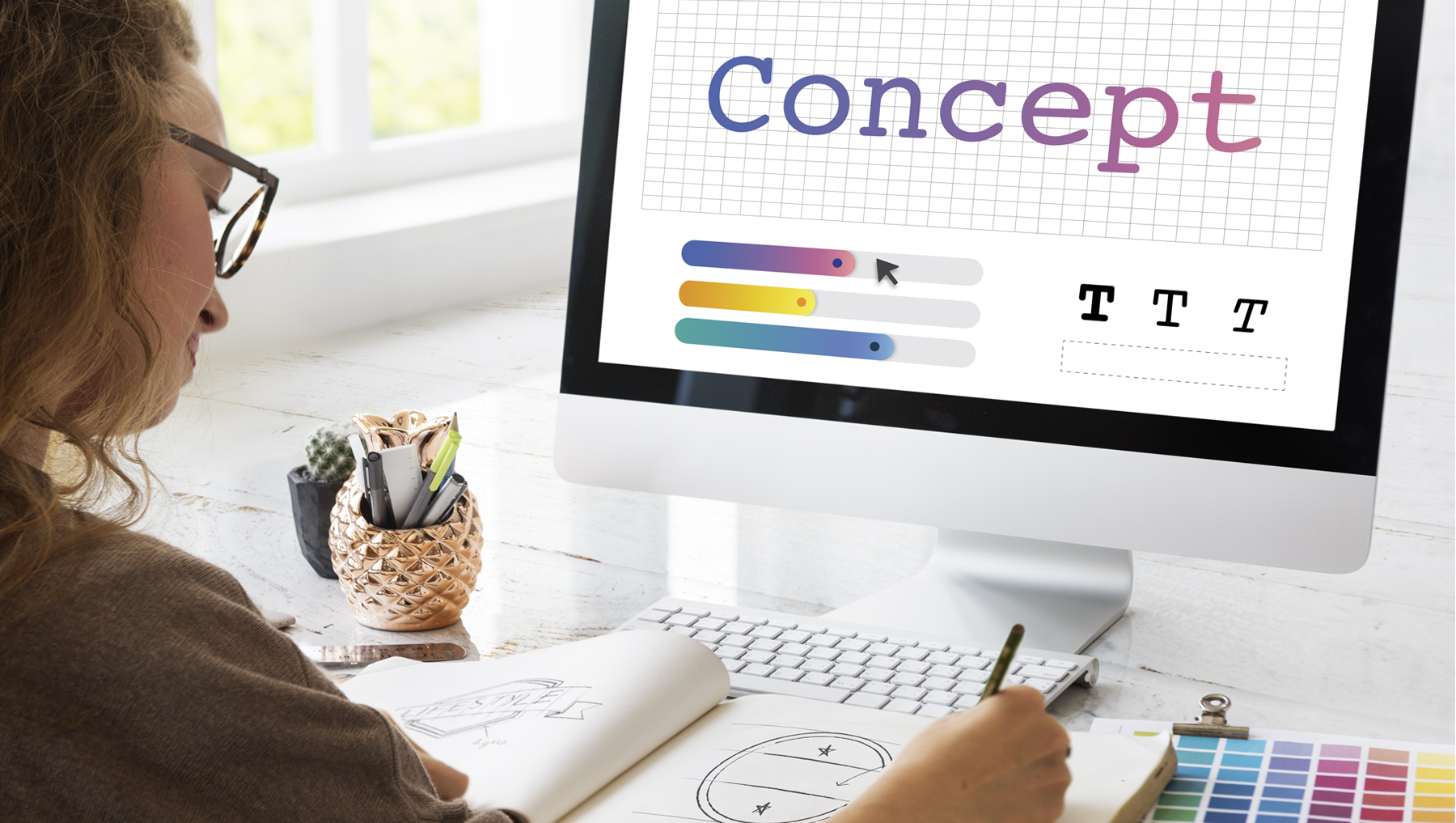
After formulating the main ideas, designers start developing the brand’s visual identity. It is when they get their hands ‘dirty’ — it is the stage that we usually associate with a graphic design process the most.
logo
As the arguably most important element of graphic design, the main goal of the logo is to let the customers know what the brand is about. No two logos are the same (and that’s kind of the point), so there is no right or wrong way to go about it. Graphic designers usually come up with more than one logo variation.
typography
Brand identity is not only about the logo — it is also about the font that is used to present the company. It should be appropriate and practical. Graphic designers usually limit themselves to two or three font families to keep consistency in the visual presentation of text. Some companies develop their own fonts. It definitely helps to create a stronger brand identity, but it is not a necessity.
color palette
The next element of the design that helps create a brand identity is your color palette. It is not always only about the color of the logo. It means that the company needs to have at least a couple of colors that the future clients and customers will still associate with the brand. A well-defined color palette is also going to help designers make better stylistic decisions in the future.
form and shape (iconography)
The iconography, the forms, and shapes used on the brand’s website, printing materials, and in other mediums also help establish a distinctive brand identity. All visuals, forms, and layout that are used on the website need to tell something about the brands.
photography and graphics
Then come the photography and the graphics that are used by the brand. They also need to have a certain feel and tone that feels authentic to the brand. It cannot just be anything. Having clear guides about the spaces, layouts, formations, and dimensions of the visuals is a way of establishing a more clear brand identity.
other marketing materials
The next step is designing other branding materials. We have already understood by this point that a brand is not only about the logo. All the graphic elements need to be applied in a way that would make the brand seem consistent. All the other design elements will be applied to other marketing materials of the brand such as packaging, website, newspapers, emails, and business cards.
Step 5: Building a brand book
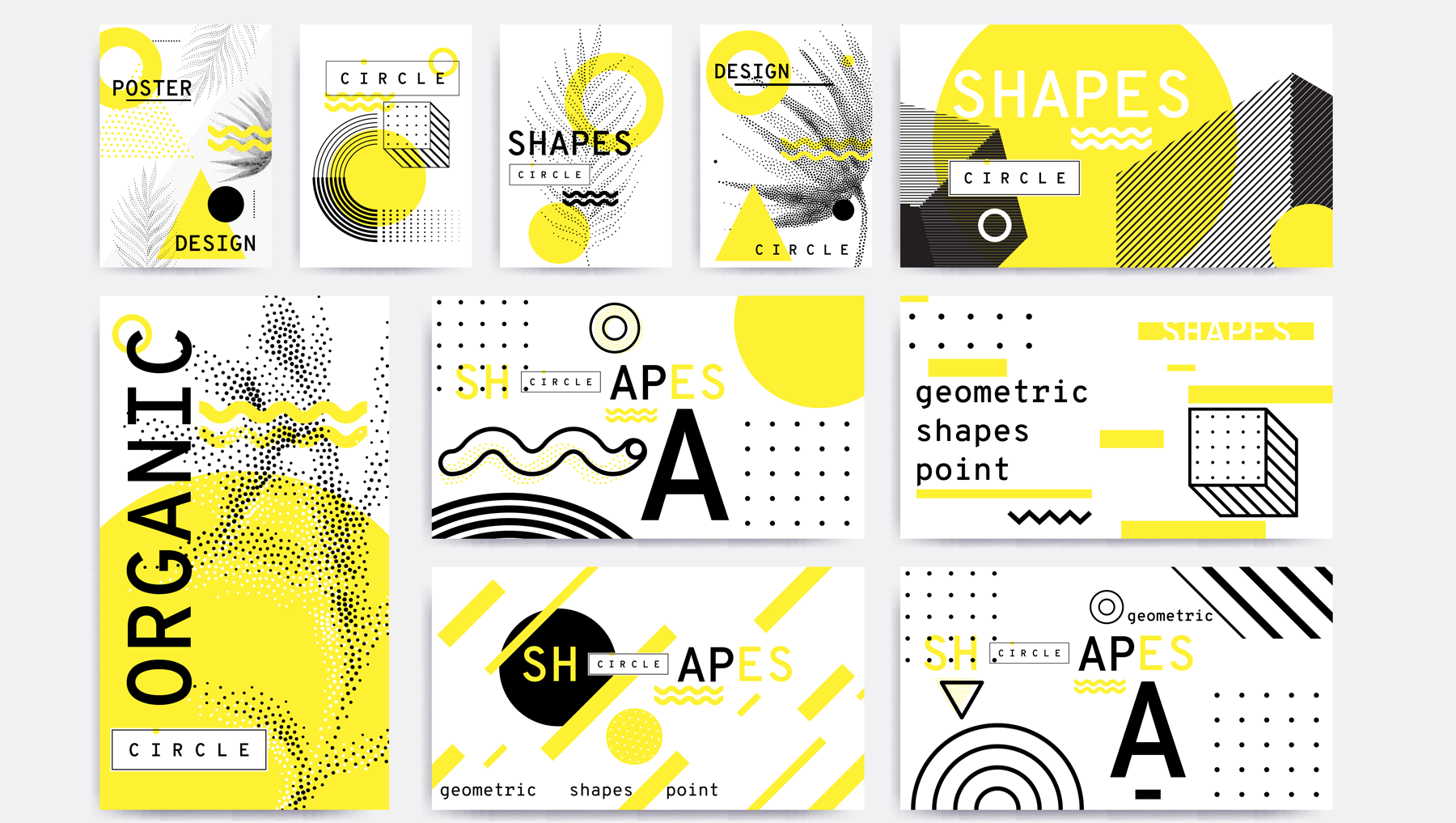
The summary or the logical endpoint of all the graphic design, or identity design efforts is a brand book. It is a manual that defines the ins and outs of your brand. It looks like an instruction for using the identity of your brand. Without a clear, definitive, and concise brand book, your efforts to build a brand image might go to waste. In the book, you organize and collect all the information that has been presented above (including the company’s mission, and ideas). It is how designers ensure consistency among the brand’s visuals for both clients and designers that might work with the brand in the future.
If you are interested in looking at examples of great brand books from the most iconic companies, here are some you might enjoy:
Animal Planet
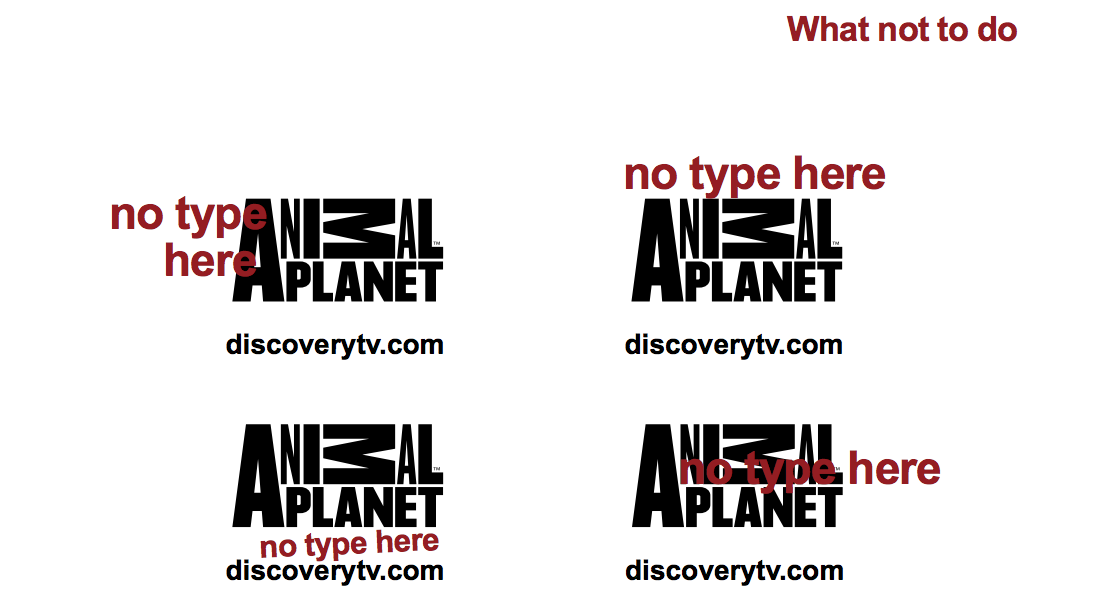
NASA
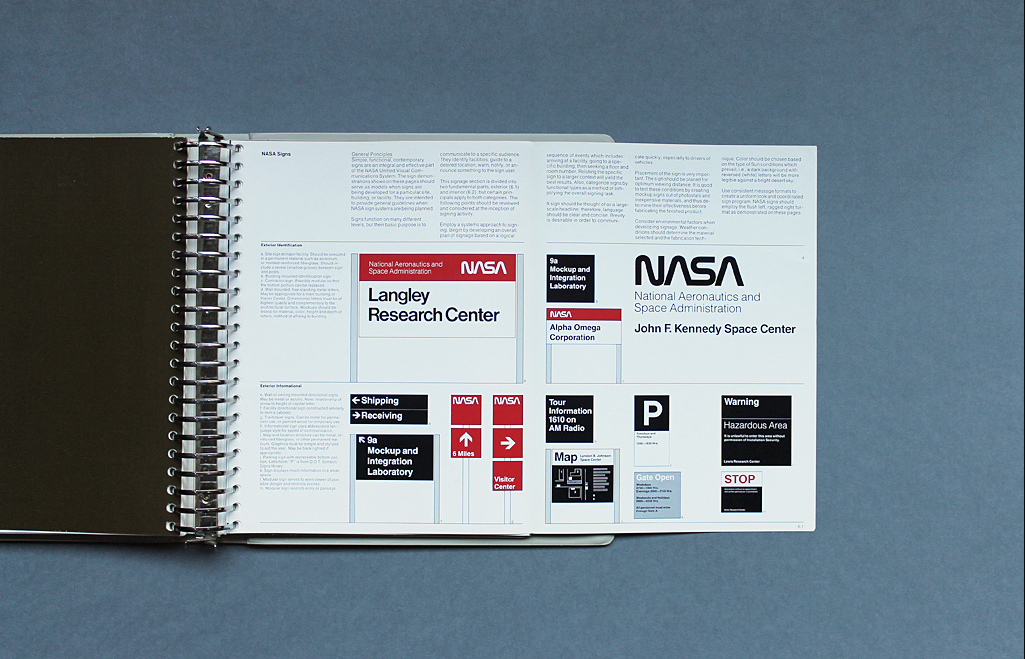
SONY
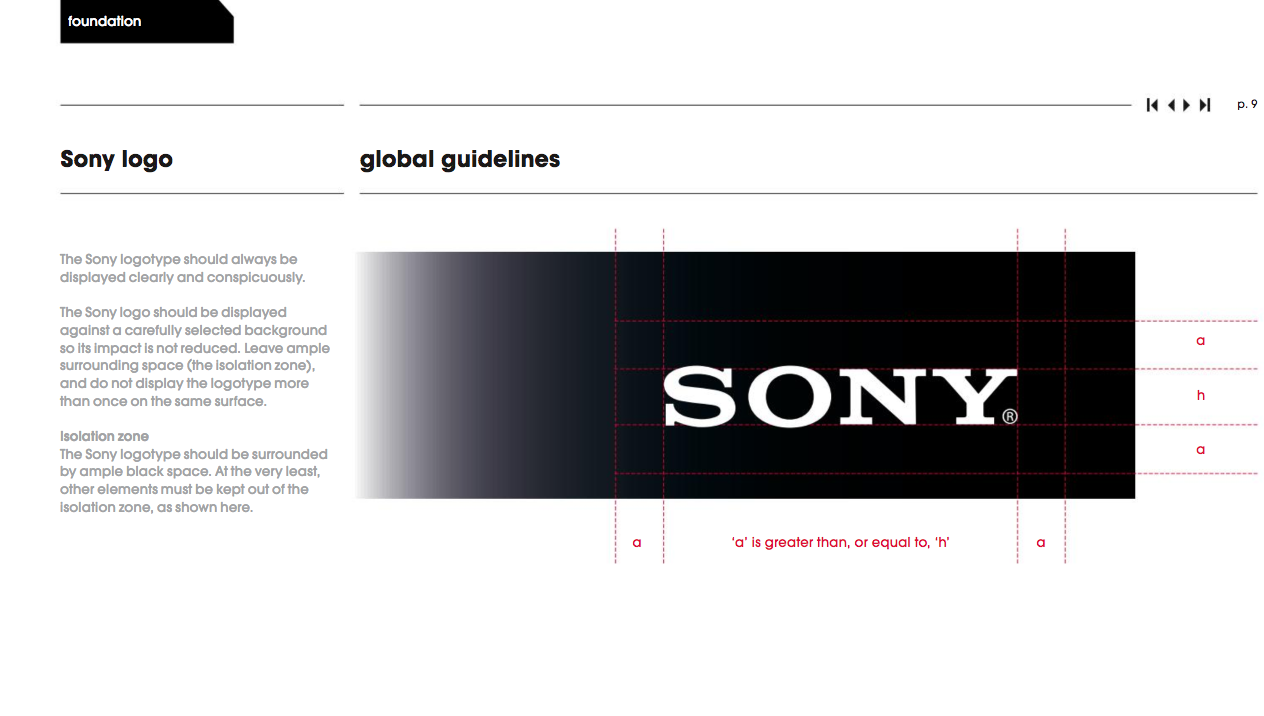
Brand Identity – now you have it!

The approach to designing and creating a brand identity changes with every single brand and designer. Some prefer to approach it philosophically, for others it is about technicality. And even though designing a brand is not an easy process, and takes time and resources — it still pays off. By investing in it, you are not only making your company look good, but you also ease the decision-making process for future you. By developing brand identity, you turn your brand into a character. A character that has a life of its own and can be put into any context.
At Digitec we do all of that. Our Graphic Designers not only create visual elements for your brands but also help refine it. If you want to have a strong brand identity that is memorable and authentic to your brand’s message, let us know. (And also take a look at our portfolio, we are very proud of it).




